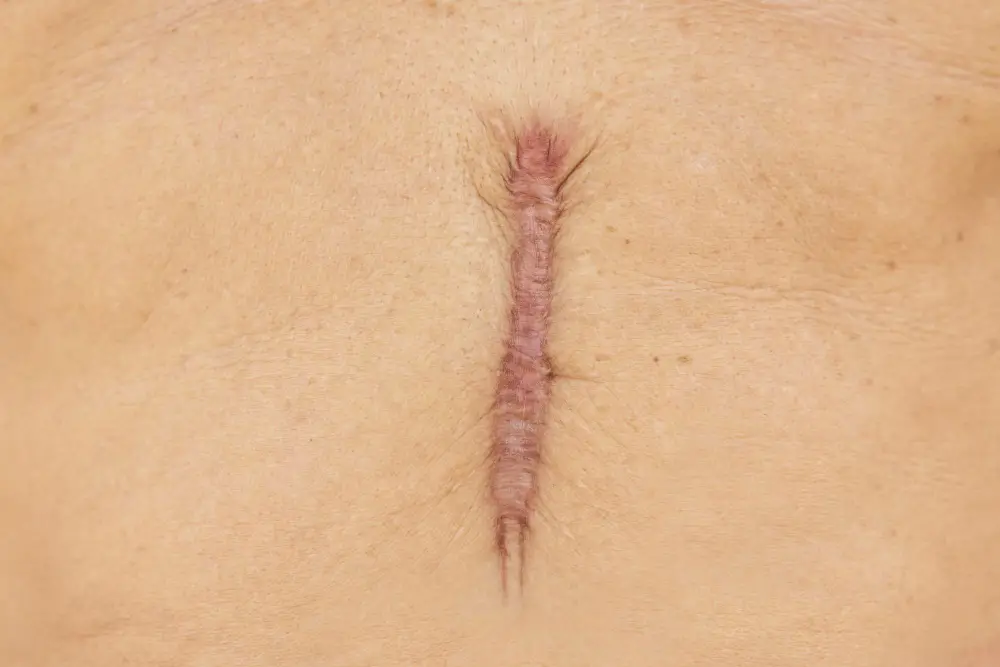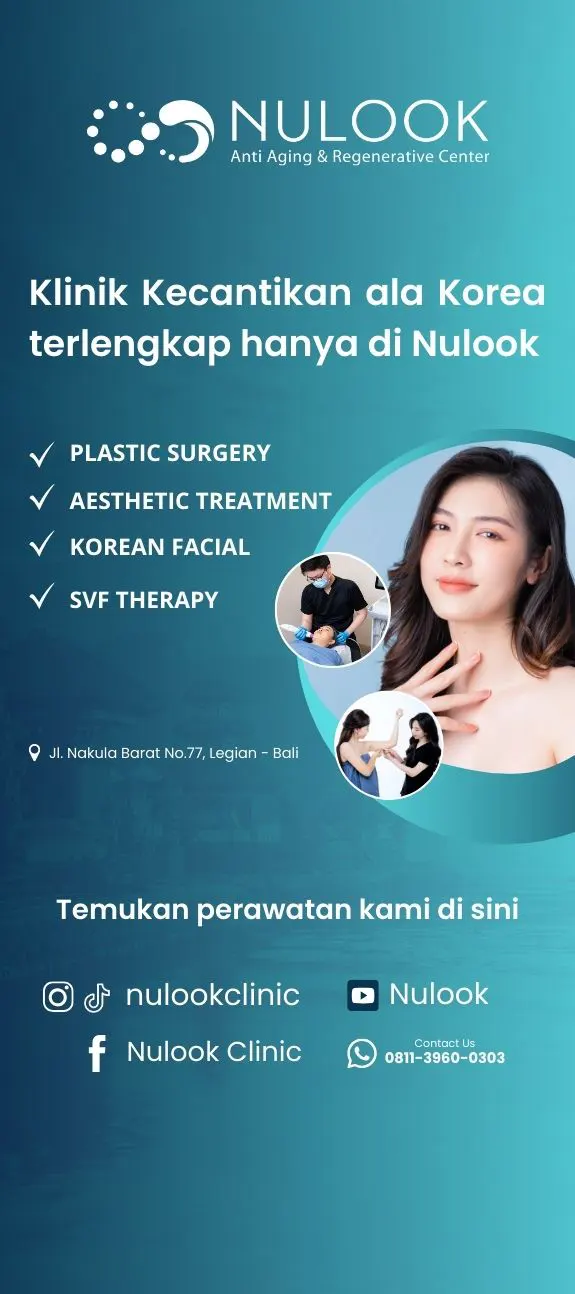Hypertrophic Scar vs. Keloid: Understanding the Key Differences
Author: Nulook ExpertiseReview by: -Scars can be a significant skin concern, especially when they develop into hypertrophic scars or keloids. These two types of scars are often confused, but they have distinct characteristics. While hypertrophic scars remain within the original wound area, keloids extend beyond the wound and continue to grow.
So, what sets hypertrophic scars apart from keloids? How can you identify them, and what are the best treatment options? Let’s explore the details!
Hypertrophic Scar vs. Keloid: Key Differences
Although both appear as raised scars, hypertrophic scars and keloids have notable differences. Here’s what you need to know:
1. Definition
Hypertrophic scars form due to excess collagen production during the skin’s healing process but remain confined to the original wound area.
Keloids are excessive scar tissue overgrowths that extend beyond the initial wound and can continue growing even after healing.
2. Color and Texture
Hypertrophic scars are typically pink to red, slightly raised, and firmer than normal skin.
Keloids often appear red, purple, or darker than the surrounding skin, with a thick, rubbery texture.
Read Also: Causes of Skin Tags and How to Prevent Them
3. When They Develop
Hypertrophic scars develop within weeks after a wound heals and may flatten and fade within months to a year. Keloids can take months or years to appear and continue growing over time.
4. Symptoms and Feel
Hypertrophic scars are firm and slightly raised, causing mild itching or discomfort that decreases over time.
Keloids tend to be harder, more painful, and often cause persistent itching and tenderness.
5. Treatment Options
Hypertrophic scars can be treated with silicone gels, pressure therapy, or laser treatments to improve their appearance.
Keloids require more advanced treatments such as steroid injections, laser therapy, cryotherapy (freezing), or surgical removal. However, keloids have a high recurrence rate, making treatment more challenging.
Read Also: What is Purging on the Face? Causes and Solutions
How to Prevent Hypertrophic Scars and Keloids
Preventing excessive scar formation is easier than treating it. Here’s how you can minimize the risk:
1. Keep Wounds Clean and Moisturized
Proper wound care accelerates healing and reduces inflammation. Using antibiotic ointments or moisturizers can prevent excessive scar tissue buildup.
2. Minimize Pressure or Tension on the Wound
Excessive stretching or tension on a healing wound increases the risk of hypertrophic scars and keloids. Use silicone dressings or bandages to protect high-movement areas like joints or the neck.
3. Use Silicone-Based Products
Silicone sheets and gels hydrate the skin, regulate collagen production, and flatten raised scars. Start applying them once the wound has fully healed.
4. Avoid Excessive Sun Exposure
Sun exposure can darken scars and make them harder to treat. Always use sunscreen with SPF 30+ to prevent hyperpigmentation.
5. Seek Medical Advice for High-Risk Individuals
If you have a history of hypertrophic scars or keloids, consult a dermatologist before undergoing surgery, piercings, or tattoos. Preventive treatments like steroid injections or early laser therapy can help reduce the risk.
Read Also: Causes of Enlarging Moles and How to Deal with Them
Fraxis Duo Laser – Advanced Scar Treatment at Nulook Bali
If you’re dealing with stubborn scars or keloids, Nulook Bali offers cutting-edge treatments like Fraxis Duo Laser to restore your skin’s smooth texture. This advanced technology combines fractional CO2 laser with microneedle RF therapy to effectively treat scars and improve skin regeneration.
Benefits of Fraxis Duo Laser:
- Fades acne scars and surgical scars by boosting skin cell renewal
- Reduces fine lines and wrinkles by stimulating collagen production
- Improves skin texture and elasticity for a smoother, firmer appearance
- Lightens dark spots and hyperpigmentation for an even skin tone
- Shrinks enlarged pores for clearer, less oily skin
- Tightens skin on the face and neck for a youthful, refreshed look
For keloid sufferers, we also offer Keloid Injection Therapy to shrink and flatten keloids effectively.
Don’t let scars affect your confidence! Book a consultation for Fraxis Duo Laser or Keloid Injection Therapy at Nulook today and achieve smooth, healthy skin. Contact us via WhatsApp now!
References:


